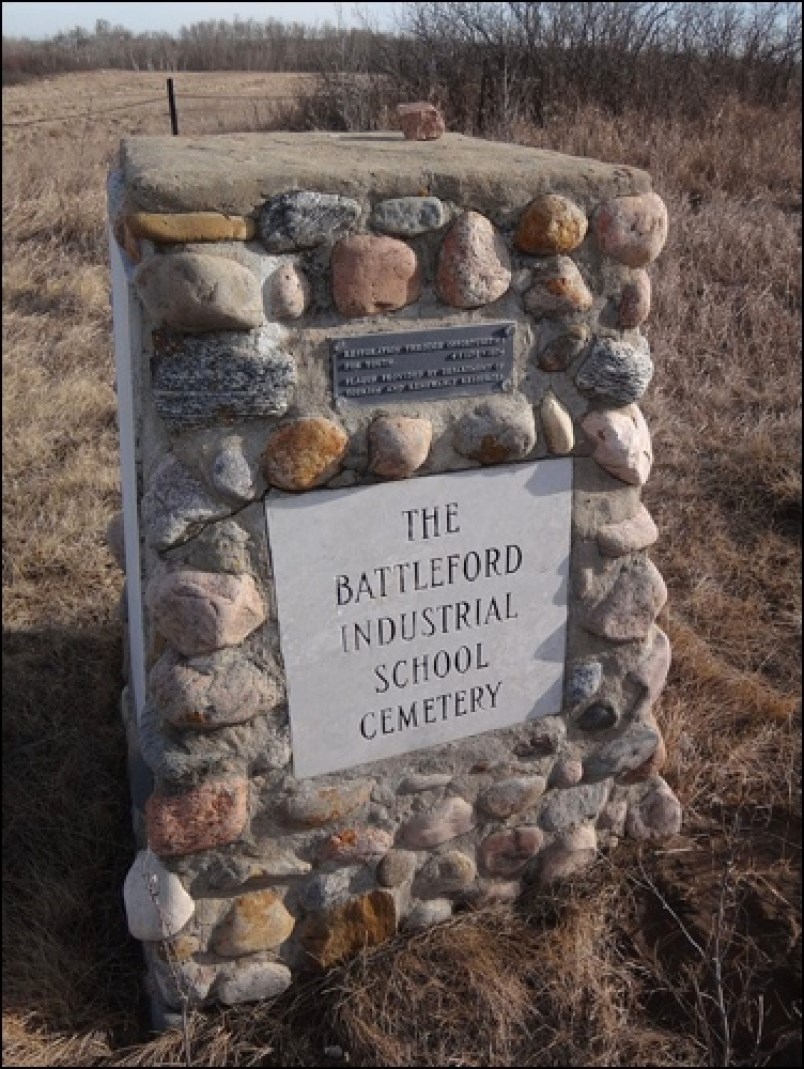Following the discovery of the remains of 215 children buried on the site of the former Kamloops Indian Residential School on the Tk’emlups te Secwépemc First Nation in British Columbia, the Federation of Sovereign Indigenous Nations (FSIN) and the Government of Saskatchewan are issuing a joint call for the Government of Canada to immediately commence research on undocumented deaths and burials in residential schools in Saskatchewan, including radar ground search at residential school sites.
The FSIN has indicated that initial sites for radar ground search should include Muskowekwan Indian Residential School (IRS), Onion Lake St. Anthony’s IRS, Beauval IRS, Guy Hill IRS, Lebret IRS and Sturgeon Landing IRS, along with additional sites in consultation with First Nations in Saskatchewan.
“Our First Nations communities and families need closure to begin healing from the traumas forced upon them at these residential schools,” FSIN Chief Bobby Cameron said. “There are thousands of families across this country and in our Treaty territories that have been waiting for their children to come home. These children deserve the respect and dignity of proper burials and we must follow protocol and work with our Elders to ensure that their souls are at peace. We respectfully ask all First Nations across Canada to join us on this very important healing journey. We are calling on the Liberal Government, the NDP and Conservative parties to support us in this endeavour.”
“Saskatchewan is supporting the call from the FSIN and FSIN Chief Bobby Cameron for the federal government to take immediate action following the tragic discovery of the remains of 215 children at the former Kamloops Indian Residential School,” Premier Scott Moe said. “With an estimated 20 federal residential schools operated in Saskatchewan, meaningful reconciliation in our province must include research into the estimated hundreds of children that did not return home after attending these institutions, including radar ground search. Saskatchewan is prepared to support this work through the Ministry of First Nations, Métis and Northern Affairs in collaboration with the FSIN and First Nations in Saskatchewan.”
In commemoration of the 215 children whose remains were discovered on the site of the former Kamloops Indian Residential School, flags at the Saskatchewan Legislative Building will be flown at half-mast until further notice.
The residential school system operated in Canada for more than a century. The federal government reports that 150,000 Indigenous children were removed and separated from their families and communities to attend these schools. The Truth and Reconciliation Commission (TRC) estimates that approximately 20 federal residential schools operated in Saskatchewan from the 1880s to the 1990s.
The province has recently acted to protect cemeteries at residential school sites in Saskatchewan. In 2019, the Battleford Industrial School Cemetery, the resting place for at least 74 children who died while attending the institution, was marked as a Provincial Heritage Property. Similarly, the Regina Indian Industrial School Cemetery, the resting place of approximately 36 children, was designated a Provincial Heritage Property in 2017.




